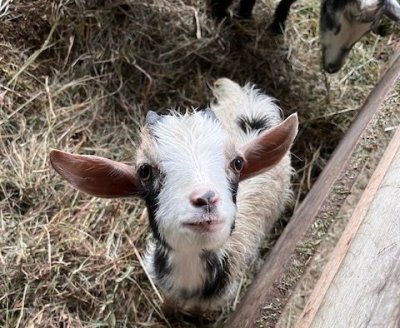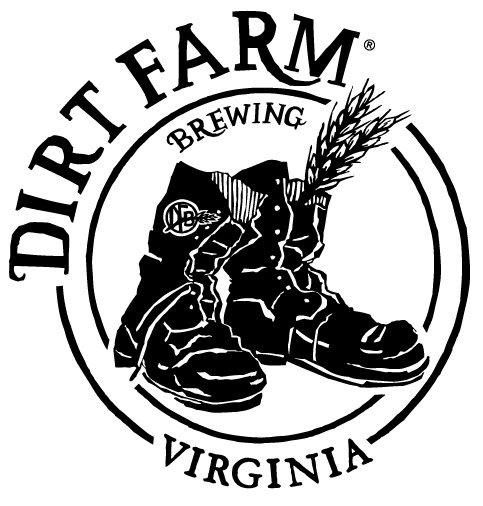Let’s get personal: my opposition to genetic modification of the world’s food supply is motivated more by political concerns than by concerns about health. Most GMOs are seeds which Monsanto […]
Twice as Much Food
Three take-aways from the Intelligence Squared debate on GMOs: 1. Thirty-six years from now, we’re going to need twice as much food as we produce today, Robert Fraley said, repeatedly. […]
A Civil Discussion about GMOs?
“Nature has many unknowns,” said the well-combed man in the black glasses and the avocado/boysenberry tie, “but one certainty is that tomatoes and fish do not have sex with each […]
Are We Round-up Ready?
The other day my sister-in-law, who’s a nuclear physicist, overheard me talking to her daughter about the corn we grow at Great Country Farms. “Most of the corn in America […]



